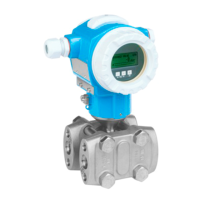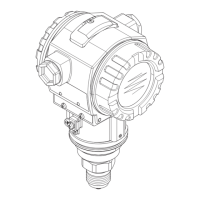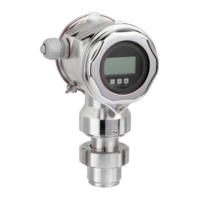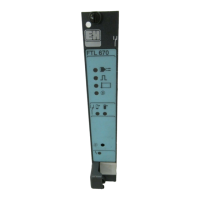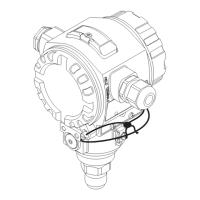Smartec S CLD134 Maintenance
Endress+Hauser 61
7.2 Maintenance of measuring system
7.2.1 Cleaning conductivity sensors
Inductive sensors are less sensitive to soiling than conventional conductive sensors since there is no
galvanic contact with the medium.
However, dirt may collect in the flow opening (making it narrower), which changes the cell
constant. In this case, an inductive sensor also requires cleaning.
Recommended cleaning procedure:
• Oily and greasy coatings:
Clean with detergent (fat solvent, e.g. alcohol, acetone, poss. detergent).
#
Warning!
Protect your hands, eyes and clothes when using the cleaning agents described below!
• Limestone deposits or metal hydroxide coatings:
Loosen coatings with diluted hydrochloric acid (3 %), brush off carefully if necessary and rinse
thoroughly with plenty of clear water.
• Coatings containing sulphide (from FGD or sewage treatment plants):
Use mixture of hydrochloric acid (3 %) and thiourea (commercially available), brush off carefully
if necessary and rinse thoroughly with plenty of clear water.
• Coatings containing protein (food industry):
Use mixture of hydrochloric acid (0.5 %) and pepsin (commercially available), brush off carefully
if necessary and rinse thoroughly with plenty of clear water.
7.2.2 Checking inductive conductivity sensors
The following specifications apply to the CLS54 sensor.
The sensor lines on the instrument or junction box are to be disconnected for all tests described
here!
• Testing transmitting and receiving coils
– Ohmic resistance approx. 1 ... 3
Ω.
– Inductivity approx. 180 ... 550 mH (at 2 kHz; serial connection as equivalent circuit diagram)
Separate version: measure the white and red coaxial cables.
Compact version: measure the white and brown coaxial cables.
(Between the inner conductor and screen in both cases.)
• Testing the coil shunt
– A shunt between the two sensor coils is not allowed. The resistance measured should be
>20 M
Ω.
Test with ohmmeter between brown or red coaxial cable and white coaxial cable.
• Testing the temperature sensor
Use the table in chapter "Instrument check by medium simulation" to check the Pt1000 in the
sensor.
Measure between the green and white wires in the case of the separate version and between
green and yellow. The resistance values should be identical.
Compact version: measure between the two red wires.
• Testing the temperature sensor shunt
– Shunts between the temperature sensor and the coils are not allowed. Check with ohmmeter
for >20 M
Ω.
Measure between the temperature sensor wires (green + white + yellow or red + red) and the
coils (red and white coaxial cables or brown and white coaxial cables).
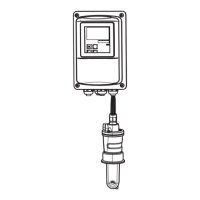
